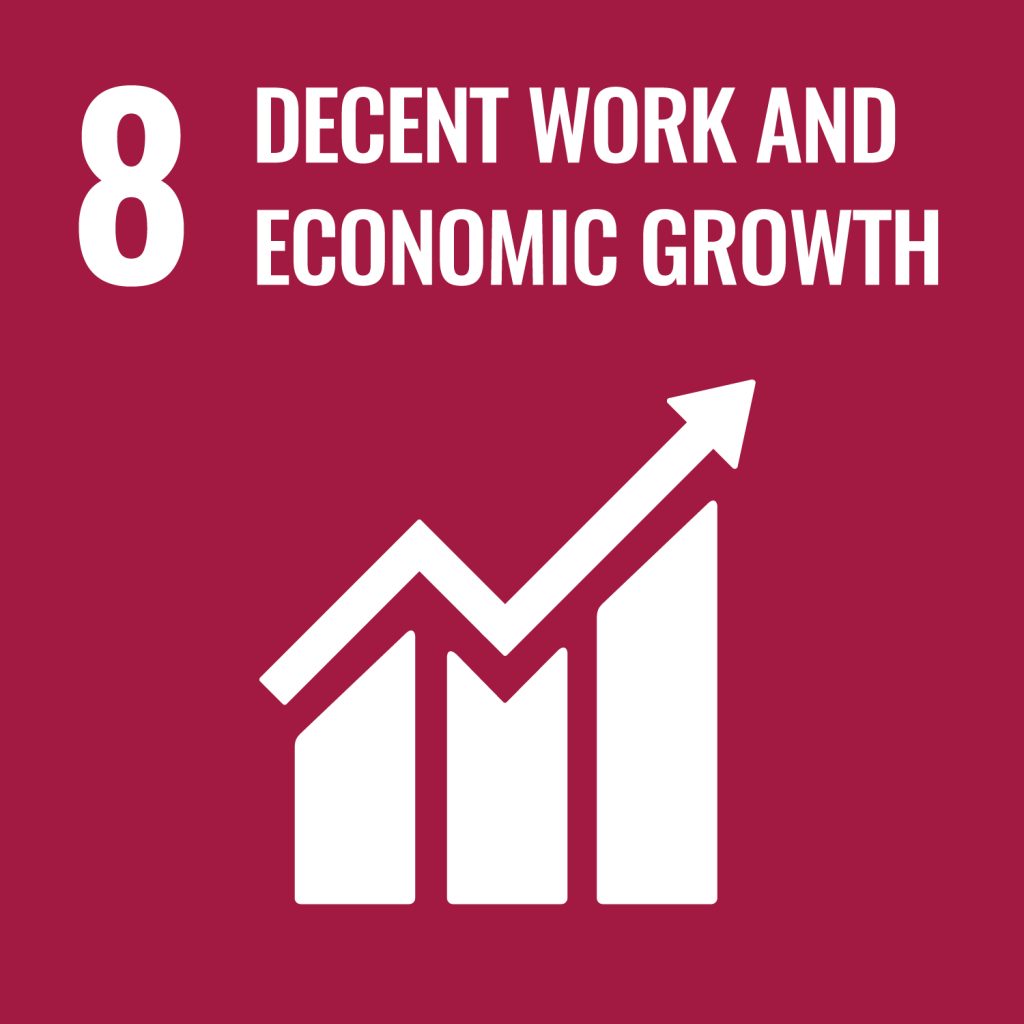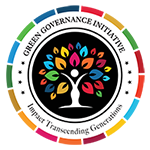SDG 8 seeks to achieve higher economic productivity and job creation through diversifi-cation and innovations in technology, while at the same time protecting labour rights and promoting a safe and secure working environment. It also aims to eradicate forced labour, human trafficking, and child labour.
Despite gains in human development, narrowing gap of per capita income between high-and lower-income countries and improvements in labour productivity; only limited success has been achieved globally on most of the SDG 8 targets. Challenges, such as improving access to financial services and resource efficiency in consumption, increasing employment oppor¬tunities, especially for the young workforce, reducing informal employment, labour market inequalities, gender discrimination, and promoting safe and secure working environment; persist across countries.
Fact And Figures
With one person out of every six on the planet living in India, the country has the potential to be the engine of global economic progress. India, with a growth rate of 6.8 per cent in 2018-19, is recognised as one of the fastest-growing large economies in the world.40 The size of the Indian economy, in 2018-19, is estimated to be US$ 2.72 trillion41 with a per capita income of $2,015 (in current terms) for 2018. It aspires to become a US$ 5 trillion economy by 2025.42 Sustained economic growth has helped lift millions out of poverty over the past few decades. 271 million persons escaped multidimensional poverty just between 2006 and 2016.
Employment: Skill India launched in 2015, focuses on short-term vocational-education programmes and seeks to create a minimum of 400 million skilled people by 2022
Stabilisation of the GST regime, reforms in the Insolvency and Bankruptcy Code, stimulating the export and the manufacturing sector to retain a consistent rate of growth, robust financial and infrastructure sector performance remain some of the persistent issues of focus for achieving the goal of USD 5 trillion economy by 2025.
6.8%
GGrowth rate in 2018-19
400 million
skilled people by 2022
$2015
Per capita income (in current terms) for 2018

Target
8.1 Sustain per capita economic growth in accordance with national circumstances and, in particular, at least 7 per cent gross domestic product growth per annum in the least devel¬oped countries
8.2 Promote development-oriented policies that support productive activities, decent job creation, entrepreneurship, creativity and in¬novation, and encourage the formalization and growth of micro-, small- and medium-sized enterprises, including through access to financial services
8.3 By 2030, achieve full and productive employment and decent work for all women and men, including for young people and persons with disabilities, and equal pay for work of equal value
8.4 Strengthen the capacity of domestic financial institutions to encourage and expand access to banking, insurance and financial services for all
8.5 By 2030, achieve full and productive employment and decent work for all women and men, including for young people and persons with disabilities, and equal pay for work of equal value
8.6 By 2020, substantially reduce the proportion of youth not in employment, education or training
8.7 Take immediate and effective measures to eradicate forced labour, end modern slavery and human trafficking and secure the prohibition and elimination of the worst forms of child labour, includingrecruitment and use of child soldiers, and by 2025 end child labour in all its forms
8.8 Protect labour rights and promote safe and secure working environments for all workers, including migrant workers, in particular women migrants, and those in precarious employment
8.9 By 2030, devise and implement policies to promote sustainable tourism that creates jobs and promotes local culture and products
8.10 Strengthen the capacity of domestic financial institutions to encourage and expand access to banking, insurance and financial services for all.
8.a Increase Aid for Trade support for developing countries, in particular least developed countries, including through the Enhanced Integrated Framework for Trade- related Technical Assistance to Least Developed Countries
8.b By 2020, develop and operationalize a global strategy for youth employment and implement the Global Jobs Pact of the International Labour Organization
Our Team


Namrata Singh Chauhan
Team Lead SDG 8
